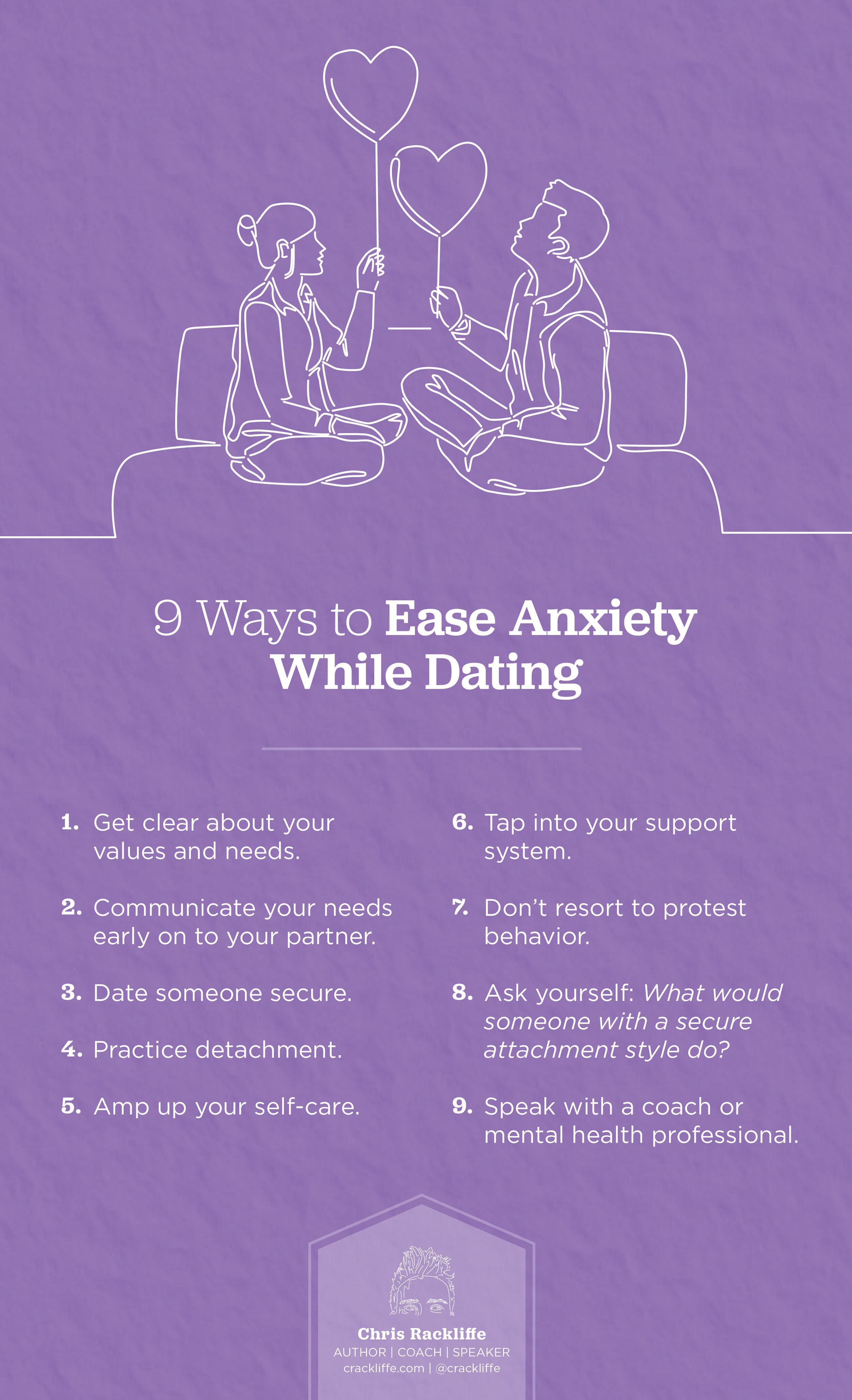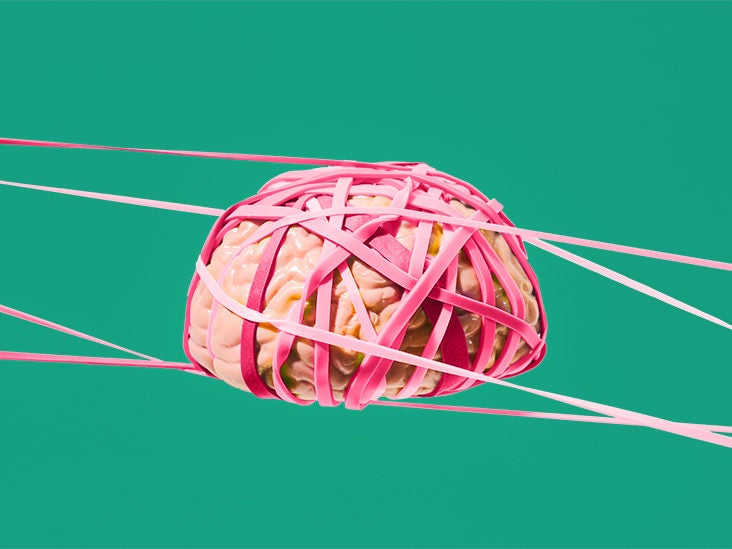

AMIR LEVINE ATTACHED QUIZ FULL
The most famous of these studies is Mary Ainsworth’s strange situation test, in which a mother brings a 1-year-old child into a room full of toys and then leaves, after which a stranger comes in and attempts to engage the child. Dependency is a fact it is not a choice or a preference.” The emphasis on differentiation that is held by most of today’s popular psychology approaches to adult relationships does not hold water from a biological perspective.

“Our partner regulates our blood pressure, our heart rate, our breathing, and the levels of hormones in our blood. “Numerous studies show that once we become attached to someone, the two of us form one physiological unit,” the authors explain. That’s one of the mesmerizing side effects of being evolutionary programmed to single out specific individuals and make them precious to you. It’s nothing less than fascinating that the normal functioning of your body and your brain could depend on someone else’s presence and well-being. If you’ve ever been in a situation such as this, you probably already know that you won’t feel calm nor at ease before your loved one picks up the phone – or, even better, returns home. And all those numerous calls on your loved one’s phone in the middle of the night? Nothing more but a grown-up version of a child’s uncontrollable crying, a more focused and directed attempt at reestablishing contact with someone you care about. Remember the sinking feeling in your stomach and the accompanying hysteria? Well, that’s the attachment system taking the reins over your body. Just think of the last time someone of your loved ones didn’t arrive home on time. Namely, since the attachment system remains to be a part of the adult brain as well, grown-ups exhibit the same so-called protest behavior as children. “And our attachment system developed to treat such proximity as an absolute necessity.” The dependency paradox “In prehistoric times, being close to a partner was a matter of life and death,” Levine and Heller remark.

They become panicky and rowdy, refusing to calm down until reestablishing contact. When separated from their mothers, children immediately start protesting. “Our feelings and behaviors in relationships today are not very different from those of our early ancestors.”Ĭase in point, our brain still has a biological mechanism “specifically responsible for creating and regulating our connection with our attachment figures (parents, children, and romantic partners).” It is called the attachment system, and it consists of “emotions and behaviors that ensure that we remain safe and protected by staying close to our loved ones.” “Our emotional brain was handed down to us by Homo sapiens who lived in a completely different era, and it is their lifestyle and the dangers they encountered that our emotions were designed to address,” Levine and Heller write. This should surprise nobody since, in evolutionary terms, we reached the top of the food chain no more than a second ago. Even so, we tend to act as if we still are. Now, obviously, we are not hunted by predators anymore. In other words, quite counterintuitively, genetic selection favored the more vulnerable among our ancestors – that is to say, the ones who allowed others to take care of them. For hundreds of thousands of years of our evolution, being attached to someone was a survival advantage. The prehistoric world was no place for loners: people who refused (for whatever reason) to become dependent on other people were far more likely to end up being prey. To begin with, ask yourself the following question: “If my first neighbors were lions and tigers, would I choose to rely on myself for protection or form a close bond with someone else?” This might seem a bit conservative in our age of radical individualism, but it makes a lot of evolutionary sense.

Get ready to discover yourself! The evolutionary basis of attachment theoryįirst proposed by British psychologist John Bowlby in the 1970s, attachment theory is a psychological and evolutionary model of human behavior based on the idea that the need to be in a close relationship is engraved in our genes. In “Attached,” psychiatrist and neuroscientist Amir Levine and organizational psychologist Rachel Heller explain why. Forget about what fairytales and Hollywood tell you – no matter how much love two people feel for each other, it may sometimes be impossible for them to find a way to be together and work out their differences.


 0 kommentar(er)
0 kommentar(er)
